Researches
Biological Process Design And Pilot Testing For A Carbon Oxidation, Nitrification, And Denitrification System
Views : 7
Author: Silas W. Givens and Eric V. Brown, Steven R. Gelman, C. P. Leslie Grady, Jr., Daniel A. Skedsvold
Usually dispatched in 2 to 3 days
Usually dispatched in 2 to 3 days
Category:
Researches
DSM Chemicals North America, Inc., Augusta, Georgia, manufactures caprolactam and generates process wastewater containing 3,400 mg/l of chemical oxygen demand (COD) and 660 mg/l of total nitrogen. The new process wastewater NPDES permit will incorporate stringent Organic Chemical, Plastics, and Synthetic Fibers (OCPSF) industrial subcategory effluent limits for biochemical oxygen demand (BOD) (carbonaceous and nitrogenous), total suspended solids (TSS), and priority pollutants.
Only logged in customers who have purchased this product may leave a review.
Related books
Analysis of the Flux Performance of Different RO/NF Membranes in the Treatment of Agroindustrial Wastewater by Means of the Boundary Flux Theory
Abstract:
Dynamic membrane system behaviour must be adequately addressed to avoid process unfeasibility. The lack of proper analysis will mean relying on erroneous permeate flux values in the system design, which will lead to quick and/or steady high fouling rates. In this paper, the authors present additional data supporting the boundary flux theory as a helpful tool for membrane engineers to carefully avoid process failures. By fitting the dynamic permeate flux data to the
boundary flux model, it was possible to calculate the β fouling index for the three selected membranes (one nanofiltration (NF) and two reverse osmosis (RO) ones). The dynamic flux given by the low-pressure RO membrane did not follow sub-boundary operating conditions, since a sharp flux loss was measured throughout the whole operating cycle, pinpointing that supra-boundary flux conditions were governing the system. This was supported by the calculated value of the β fouling parameter, which resulted to be in the order of ten times higher for this membrane. However, the values of β→0 for the SC-RO and DK-NF ones, supported by the very low value of the sub-boundary fouling parameter α (0.002 and 0.007 L·h −1·m−2 ·bar−2 , respectively), ensure nearly boundary operating conditions for these membranes.
Analysis of the Flux Performance of Different RO/NF Membranes in the Treatment of Agroindustrial Wastewater by Means of the Boundary Flux Theory
Abstract:
Dynamic membrane system behaviour must be adequately addressed to avoid process unfeasibility. The lack of proper analysis will mean relying on erroneous permeate flux values in the system design, which will lead to quick and/or steady high fouling rates. In this paper, the authors present additional data supporting the boundary flux theory as a helpful tool for membrane engineers to carefully avoid process failures. By fitting the dynamic permeate flux data to the
boundary flux model, it was possible to calculate the β fouling index for the three selected membranes (one nanofiltration (NF) and two reverse osmosis (RO) ones). The dynamic flux given by the low-pressure RO membrane did not follow sub-boundary operating conditions, since a sharp flux loss was measured throughout the whole operating cycle, pinpointing that supra-boundary flux conditions were governing the system. This was supported by the calculated value of the β fouling parameter, which resulted to be in the order of ten times higher for this membrane. However, the values of β→0 for the SC-RO and DK-NF ones, supported by the very low value of the sub-boundary fouling parameter α (0.002 and 0.007 L·h −1·m−2 ·bar−2 , respectively), ensure nearly boundary operating conditions for these membranes.
Calibration And Verification Of The Hydraulic Model For Blue Nile River from Roseries Dam To Khartoum City
ABSTRACT:
This research represents a practical attempt applied to calibrate and verify a hydraulic model for the Blue Nile River. The calibration procedures are performed using the observed data for a previous period and comparing them with the calibration results while verification requirements are achieved with the application of the observed data for another future period and comparing them with the verification results. The study objective covered a relationship of the river terrain with the distance between the assumed points of the dam failures along the river length. The computed model values and the observed data should conform to the theoretical analysis and the overall verification performance of the model by comparing it with another set of data. The model was calibrated using data from gauging stations (Khartoum, Wad Medani, downstream Sennar, and downstream Roseires) during the period from the 1st of May to 31 of October 1988 and the verification was done using the data of the same gauging stations for years 2003 and 2010 for the same period. The required available data from these stations were collected, processed and used in the model calibration. The geometry input files for the HEC-RAS models were created using a combination of ArcGIS and HEC-GeoRAS. The results revealed high correlation (R2 ˃ 0.9) between the observed and calibrated water levels in all gauging stations during 1988 and also high correlation between the observed and verification water levels was obtained in years 2003 and 2010. Verification results with the equation and degree of correlation can be used to predict future data of any expected data for the same stations.
Calibration And Verification Of The Hydraulic Model For Blue Nile River from Roseries Dam To Khartoum City
ABSTRACT:
This research represents a practical attempt applied to calibrate and verify a hydraulic model for the Blue Nile River. The calibration procedures are performed using the observed data for a previous period and comparing them with the calibration results while verification requirements are achieved with the application of the observed data for another future period and comparing them with the verification results. The study objective covered a relationship of the river terrain with the distance between the assumed points of the dam failures along the river length. The computed model values and the observed data should conform to the theoretical analysis and the overall verification performance of the model by comparing it with another set of data. The model was calibrated using data from gauging stations (Khartoum, Wad Medani, downstream Sennar, and downstream Roseires) during the period from the 1st of May to 31 of October 1988 and the verification was done using the data of the same gauging stations for years 2003 and 2010 for the same period. The required available data from these stations were collected, processed and used in the model calibration. The geometry input files for the HEC-RAS models were created using a combination of ArcGIS and HEC-GeoRAS. The results revealed high correlation (R2 ˃ 0.9) between the observed and calibrated water levels in all gauging stations during 1988 and also high correlation between the observed and verification water levels was obtained in years 2003 and 2010. Verification results with the equation and degree of correlation can be used to predict future data of any expected data for the same stations.
Adsorption of Heavy Metal Ions from Aqueous Solutions onto Rice Husk Ash Low Cost Adsorbent
Abstract
In the present study, adsorption of Zn (II), Cd (II) and Hg (II) ions on rice husk ash (RHA) has been investigated in single, binary and tertiary systems.
Batch experiments were also carried out for mono-and multi-component systems with varying metal ions concentrations (mg/l) to investigate the competitive adsorption characteristics.
Adsorption of Heavy Metal Ions from Aqueous Solutions onto Rice Husk Ash Low Cost Adsorbent
Abstract
In the present study, adsorption of Zn (II), Cd (II) and Hg (II) ions on rice husk ash (RHA) has been investigated in single, binary and tertiary systems.
Batch experiments were also carried out for mono-and multi-component systems with varying metal ions concentrations (mg/l) to investigate the competitive adsorption characteristics.
Correlating BOD5 and COD of Sewage in Wastewater Treatment Plants Case Study Al- Diwaniyah WWTP in Iraq
ABSTRACT
This study aims to establish an empirical correlation between biochemical oxygen demand (BOD5) and chemical oxygen demand (COD) of the sewage flowing in Al-Diwaniyah wastewater treatment plant. The strength of the wastewater entering the plant varied from medium to high. High concentrations of BOD5 and COD in the effluent were obtained due to the poor performance of the plant. This was observed from the BOD5 /COD ratios that did not confirm with the typical ratios for the treated sewage. To improve the performance of this plant, regression equations for BOD5 and COD removal percentages were suggested which can be used to facilitate rapid effluent assessment or optimal process control. The equations relating the percentage removal of BOD5(y) with influent BOD5(x), y= 0.044x + 80.66 and the percentage removal of COD (y) with influent COD (x), y= 0.045x + 55.15 were found with high correlation R2 =0.72 and 0.86 respectively. Key words: Sewage treatment, BOD5, COD, BOD5/COD ratio, BOD5&COD correlations
Correlating BOD5 and COD of Sewage in Wastewater Treatment Plants Case Study Al- Diwaniyah WWTP in Iraq
ABSTRACT
This study aims to establish an empirical correlation between biochemical oxygen demand (BOD5) and chemical oxygen demand (COD) of the sewage flowing in Al-Diwaniyah wastewater treatment plant. The strength of the wastewater entering the plant varied from medium to high. High concentrations of BOD5 and COD in the effluent were obtained due to the poor performance of the plant. This was observed from the BOD5 /COD ratios that did not confirm with the typical ratios for the treated sewage. To improve the performance of this plant, regression equations for BOD5 and COD removal percentages were suggested which can be used to facilitate rapid effluent assessment or optimal process control. The equations relating the percentage removal of BOD5(y) with influent BOD5(x), y= 0.044x + 80.66 and the percentage removal of COD (y) with influent COD (x), y= 0.045x + 55.15 were found with high correlation R2 =0.72 and 0.86 respectively. Key words: Sewage treatment, BOD5, COD, BOD5/COD ratio, BOD5&COD correlations
Adsorption Characteristics of Multi-Metal Ions by Red Mud, Zeolite, Limestone and Oyster Shell
Abstract
In this study, the performance of different adsorbents—red clay, zeolite, limestone, and oyster shell—for adsorption of polymetallic ions (Cr3+, Ni2+, Cu2+, Zn2+, As3+, Cd2+, and Pb2+) were investigated from aqueous solutions.
Adsorption Characteristics of Multi-Metal Ions by Red Mud, Zeolite, Limestone and Oyster Shell
Abstract
In this study, the performance of different adsorbents—red clay, zeolite, limestone, and oyster shell—for adsorption of polymetallic ions (Cr3+, Ni2+, Cu2+, Zn2+, As3+, Cd2+, and Pb2+) were investigated from aqueous solutions.
Desalination Technology in South Korea: A Comprehensive Review of Technology Trends and Future Outlook
Abstract:
Due to advances in desalination technology, desalination has been considered as a practical method to meet the increasing global fresh water demand. This paper explores the status of the desalination industry and research work in South Korea. Desalination plant designs, statistics, and
the roadmap for desalination research were analyzed. To reduce energy consumption in desalination, seawater reverse osmosis (SWRO) has been intensively investigated. Recently, alternative desalination technologies, including forward osmosis, pressure-retarded osmosis, membrane distillation, capacitive deionization, renewable-energy-powered desalination, and desalination batteries have also been actively studied. Related major consortium-based desalination research projects and their pilot plants suggest insights into lowering the energy consumption of desalination and mitigation of the environmental impact of SWRO brine as well. Finally, considerations concerning further development are suggested based on the current status of desalination technology in South Korea.
Desalination Technology in South Korea: A Comprehensive Review of Technology Trends and Future Outlook
Abstract:
Due to advances in desalination technology, desalination has been considered as a practical method to meet the increasing global fresh water demand. This paper explores the status of the desalination industry and research work in South Korea. Desalination plant designs, statistics, and
the roadmap for desalination research were analyzed. To reduce energy consumption in desalination, seawater reverse osmosis (SWRO) has been intensively investigated. Recently, alternative desalination technologies, including forward osmosis, pressure-retarded osmosis, membrane distillation, capacitive deionization, renewable-energy-powered desalination, and desalination batteries have also been actively studied. Related major consortium-based desalination research projects and their pilot plants suggest insights into lowering the energy consumption of desalination and mitigation of the environmental impact of SWRO brine as well. Finally, considerations concerning further development are suggested based on the current status of desalination technology in South Korea.
Water Desalination Using Solar Thermal Collectors Enhanced by Nanofluids
Introduction
In the future, the world is confronted with energy and freshwater shortage. Desalination of brackish or seawater is one of the most important ways to solve the water scarcity issue [1, 2]. The use of solar energy or waste heat sources is acceptable for water-producing systems of such a small size [3–5]. The relevancy of nanomaterials is to realize the best attainable properties within the smallest possible loadings through homogenized distribution and stable suspension of these nanoparticles[6–11]. Often, heat transfer improvement in solar collectors is one of the basic problems in energy saving, compact designs, and different operating temperatures. Researchers also investigated the multiwalled carbon nanotubes (MWCNTs) and water nanofluids with a pH of 3.5, 6.5, and 9.5, and Triton X-100 as a surfactant (0.2 wt %) using flat-plate solar collectors. It was found that the nanofluids have better heat transfer performance in acidic and alkaline water due to the influence of the isoelectric point. The higher efficiency (67 %) was obtained at pH 9.5 and 3.5 with a water flow rate of 0.0333 kg s–1. A stable nanofluid based on ethylene glycol-containing nanosheets of graphene oxide was prepared by Yu et al. [12]. The improvement in thermal conductivity relies strongly on the volume fraction of the nanosheet of graphene oxide and increases with higher nanoparticle loading. The heat efficiency was enhanced up to 61.0 % using a nanosheet loading of 5.0 vol %. For seven days, the thermal conductivity of the fluids remained almost constant, which suggests their high stability. In the measured temperature range, the enhancement value was independent of the temperature. Peyghambarzadeh et al. [13, 14] studied force convection techniques in an excessively base water nanofluid, which was experimentally compared to water in a vehicle heat exchanger with different nanofluid loadings. It was experimentally investigated to improve the rate of heat transfer. The variable effect of the inlet temperature of the fluid in the heat exchanger on the heat transfer coefficient was evaluated. The findings showed that the incremental fluid circulation rate would increase the output rate of heat transfer, while the temperature of the fluid entering the heat exchanger had negligible effects. Meanwhile, water nanofluid subservience at low-volume loadings would increase the heat transfer rate efficiency by approximately 44 % compared to water
Water Desalination Using Solar Thermal Collectors Enhanced by Nanofluids
Introduction
In the future, the world is confronted with energy and freshwater shortage. Desalination of brackish or seawater is one of the most important ways to solve the water scarcity issue [1, 2]. The use of solar energy or waste heat sources is acceptable for water-producing systems of such a small size [3–5]. The relevancy of nanomaterials is to realize the best attainable properties within the smallest possible loadings through homogenized distribution and stable suspension of these nanoparticles[6–11]. Often, heat transfer improvement in solar collectors is one of the basic problems in energy saving, compact designs, and different operating temperatures. Researchers also investigated the multiwalled carbon nanotubes (MWCNTs) and water nanofluids with a pH of 3.5, 6.5, and 9.5, and Triton X-100 as a surfactant (0.2 wt %) using flat-plate solar collectors. It was found that the nanofluids have better heat transfer performance in acidic and alkaline water due to the influence of the isoelectric point. The higher efficiency (67 %) was obtained at pH 9.5 and 3.5 with a water flow rate of 0.0333 kg s–1. A stable nanofluid based on ethylene glycol-containing nanosheets of graphene oxide was prepared by Yu et al. [12]. The improvement in thermal conductivity relies strongly on the volume fraction of the nanosheet of graphene oxide and increases with higher nanoparticle loading. The heat efficiency was enhanced up to 61.0 % using a nanosheet loading of 5.0 vol %. For seven days, the thermal conductivity of the fluids remained almost constant, which suggests their high stability. In the measured temperature range, the enhancement value was independent of the temperature. Peyghambarzadeh et al. [13, 14] studied force convection techniques in an excessively base water nanofluid, which was experimentally compared to water in a vehicle heat exchanger with different nanofluid loadings. It was experimentally investigated to improve the rate of heat transfer. The variable effect of the inlet temperature of the fluid in the heat exchanger on the heat transfer coefficient was evaluated. The findings showed that the incremental fluid circulation rate would increase the output rate of heat transfer, while the temperature of the fluid entering the heat exchanger had negligible effects. Meanwhile, water nanofluid subservience at low-volume loadings would increase the heat transfer rate efficiency by approximately 44 % compared to water
Overview Of The Main Disinfection Processes For Wastewater And Drinking water Treatment Plants
Abstract: The use of water disinfection as a public health measure reduces the spread of diseases. Various disinfection technologies can be used to meet the pathogen inactivation demand in water. This work is an overview of the main disinfection technologies of wastewater and drinking water that reports for the conventional processes the action mechanism, the possible formation of by-products, the operative conditions, the advantages and disadvantages. For advanced and natural processes the action mechanisms are reported. Advanced technologies are interesting but are still in the research state, while conventional technologies are the most used. There is a tendency, especially in Italy, to use chlorine-based disinfectant, despite in some forms could lead to production of disinfection by-products.
Overview Of The Main Disinfection Processes For Wastewater And Drinking water Treatment Plants
Abstract: The use of water disinfection as a public health measure reduces the spread of diseases. Various disinfection technologies can be used to meet the pathogen inactivation demand in water. This work is an overview of the main disinfection technologies of wastewater and drinking water that reports for the conventional processes the action mechanism, the possible formation of by-products, the operative conditions, the advantages and disadvantages. For advanced and natural processes the action mechanisms are reported. Advanced technologies are interesting but are still in the research state, while conventional technologies are the most used. There is a tendency, especially in Italy, to use chlorine-based disinfectant, despite in some forms could lead to production of disinfection by-products.
Comparison of Wastewater Treatment Using Activated Carbon from Bamboo and Oil Palm
Abstract
Developing country causes growth of industries sectors. Despite that industrial sectors releases massive amount of waste water into the environment. At the same time, the increasing number of vehicles in Malaysia promotes the development of automobile workshop that produces huge amount of wastewater as well. Wastewater contains high level of suspended total solids and leave untreated. For instance oil, grease, dyestuff, chromium, phosphate in washing products and colouring, as well as heavy metals such as lead, cadmium, barium and others potential metals. All these hazardous wastes directly pollute the environment especially the groundwater and harm the ecosystem. In order to minimize and reduce the impact to the environment, the wastewater needed to be treated using technology such as permeable reactive barrier (PRB). Activated carbon is one of the PRB utilised. It is a compromised material for treatment of wastewater where there are varieties of sources to produce activated carbon. Malaysia as an active agricultural country, massive amount of agriculture wastes can be turned into activated carbon. They are two methods used to produce activated carbon, namely furnace heat processing and microwave processing. The usage of furnace and microwave instruments can produce different quality of activated carbon due to different mechanism involves. Furnace heat processing transferred the heat from external to the internal but microwave processing is vice versa. In this article, a brief overview of activated carbon usage for wastewater treatment is highlighted.
Comparison of Wastewater Treatment Using Activated Carbon from Bamboo and Oil Palm
Abstract
Developing country causes growth of industries sectors. Despite that industrial sectors releases massive amount of waste water into the environment. At the same time, the increasing number of vehicles in Malaysia promotes the development of automobile workshop that produces huge amount of wastewater as well. Wastewater contains high level of suspended total solids and leave untreated. For instance oil, grease, dyestuff, chromium, phosphate in washing products and colouring, as well as heavy metals such as lead, cadmium, barium and others potential metals. All these hazardous wastes directly pollute the environment especially the groundwater and harm the ecosystem. In order to minimize and reduce the impact to the environment, the wastewater needed to be treated using technology such as permeable reactive barrier (PRB). Activated carbon is one of the PRB utilised. It is a compromised material for treatment of wastewater where there are varieties of sources to produce activated carbon. Malaysia as an active agricultural country, massive amount of agriculture wastes can be turned into activated carbon. They are two methods used to produce activated carbon, namely furnace heat processing and microwave processing. The usage of furnace and microwave instruments can produce different quality of activated carbon due to different mechanism involves. Furnace heat processing transferred the heat from external to the internal but microwave processing is vice versa. In this article, a brief overview of activated carbon usage for wastewater treatment is highlighted.
Adsorption of Heavy Metals from Multi-Metal Aqueous Solution by Sunflower Plant Biomass-Based Carbons
Abstract
This study reports the competitive adsorption
of Ni(II), Cd(II) and Cr(VI) onto sunflower waste biomass
carbons, viz. sunflower head carbon and sunflower stem
carbon from multi-metal aqueous solution.
Adsorption of Heavy Metals from Multi-Metal Aqueous Solution by Sunflower Plant Biomass-Based Carbons
Abstract
This study reports the competitive adsorption
of Ni(II), Cd(II) and Cr(VI) onto sunflower waste biomass
carbons, viz. sunflower head carbon and sunflower stem
carbon from multi-metal aqueous solution.
A Review of Reverse Osmosis Membrane Fouling and Control Strategies
Introduction
This paper reviews membrane contamination and dirt Control strategies, focusing on the latest developments.
The first goal From this paper is to illustrate the types of dirt.
The second goal is To discuss the latest pollution mitigation strategies, including pre-treatment, monitoring, cleaning, and surface modification as well as updates.
A Review of Reverse Osmosis Membrane Fouling and Control Strategies
Introduction
This paper reviews membrane contamination and dirt Control strategies, focusing on the latest developments.
The first goal From this paper is to illustrate the types of dirt.
The second goal is To discuss the latest pollution mitigation strategies, including pre-treatment, monitoring, cleaning, and surface modification as well as updates.

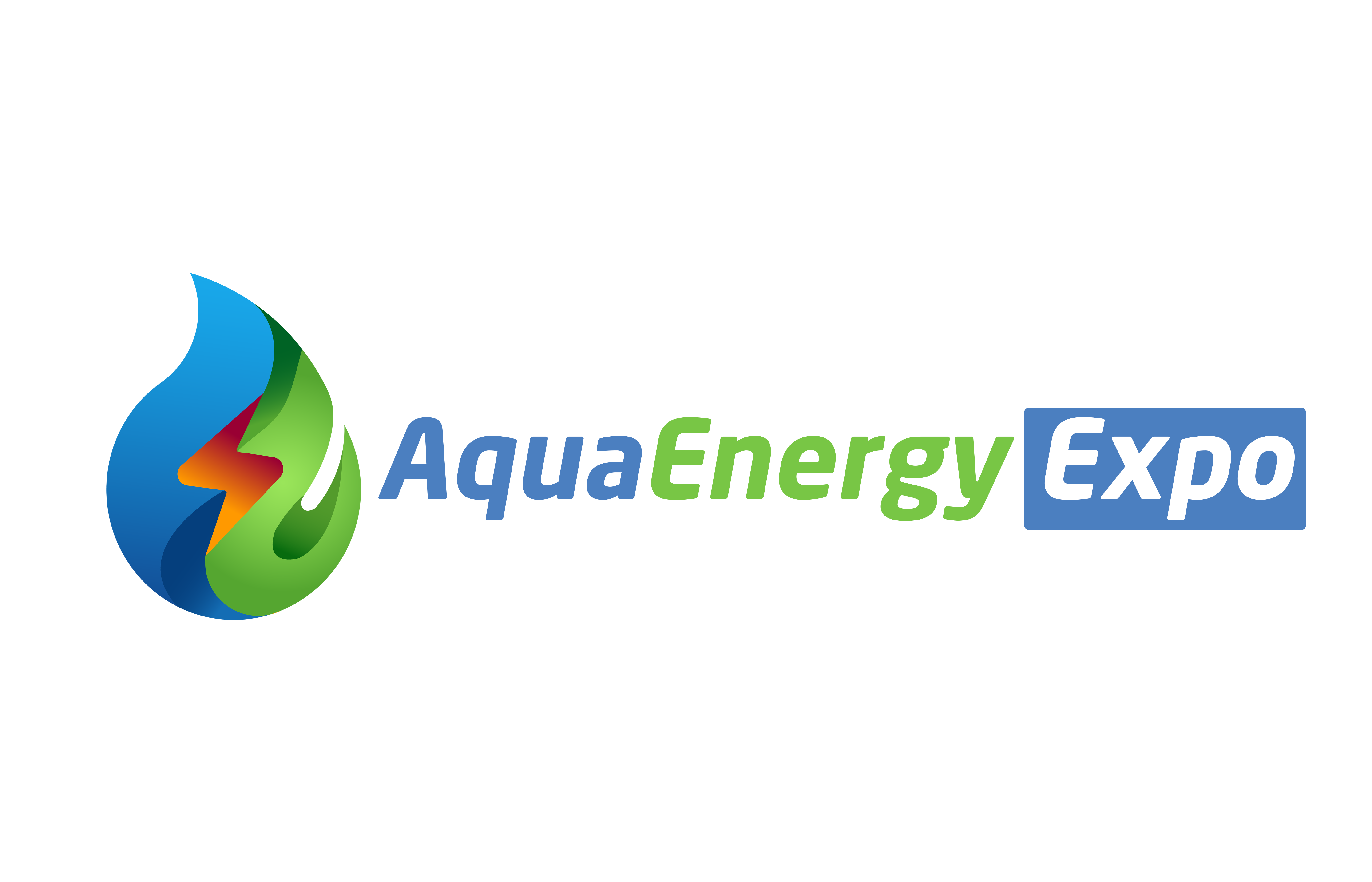

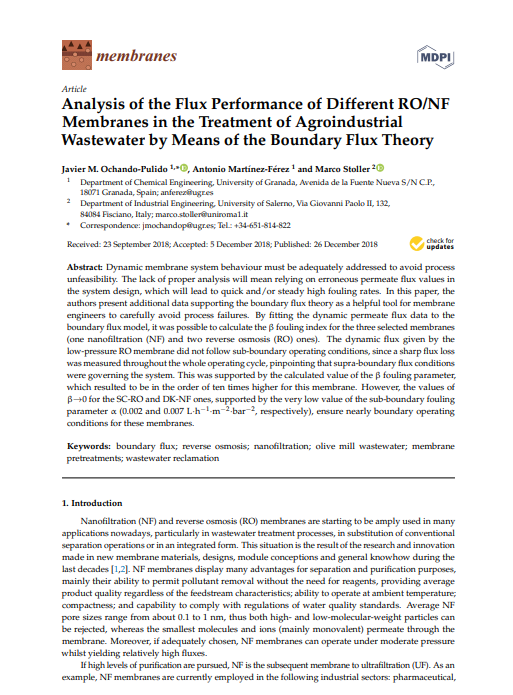
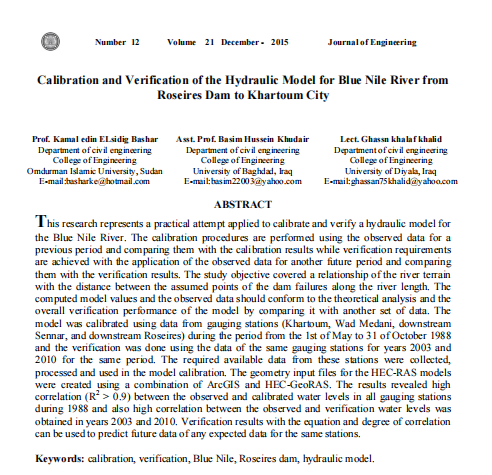
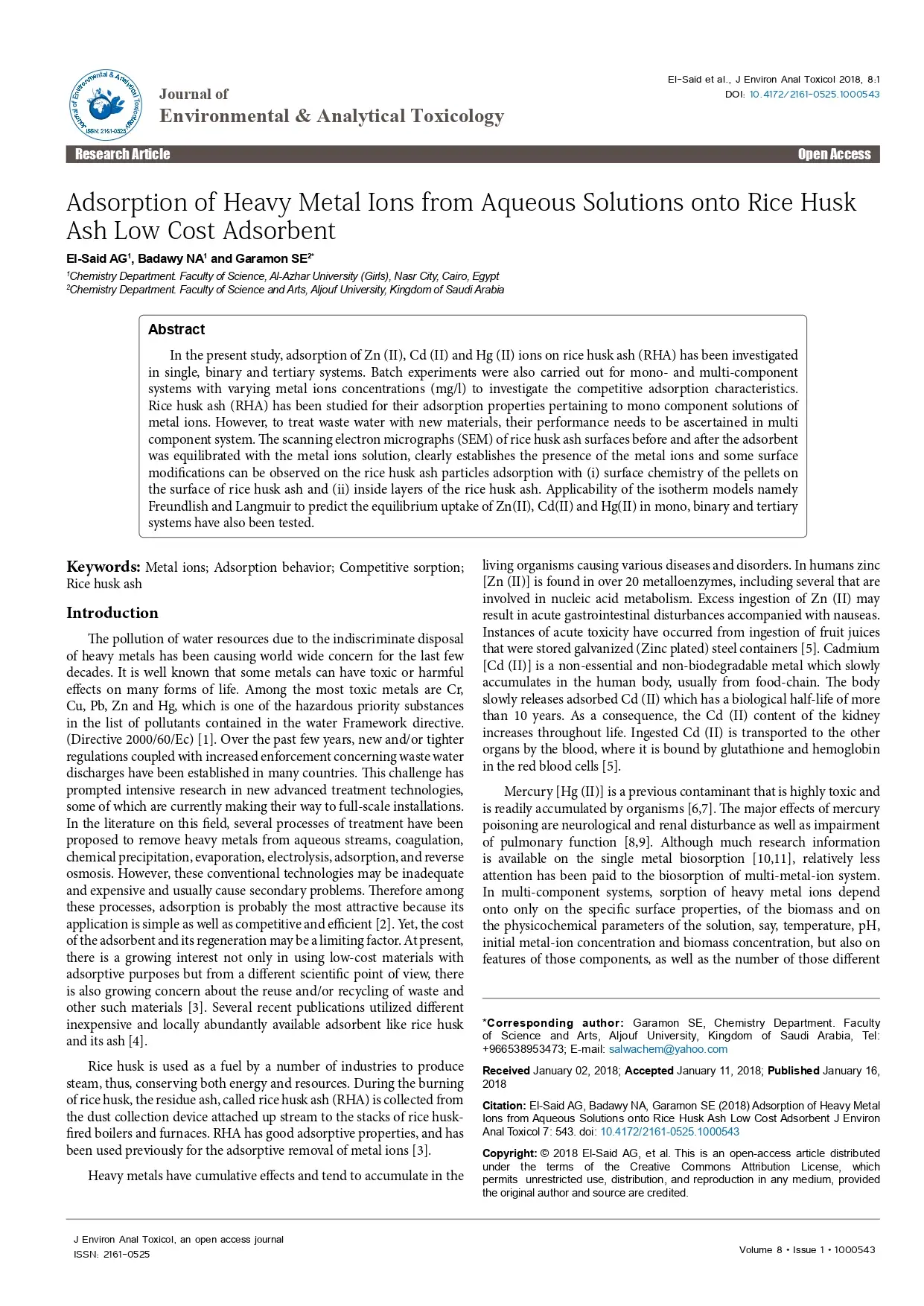


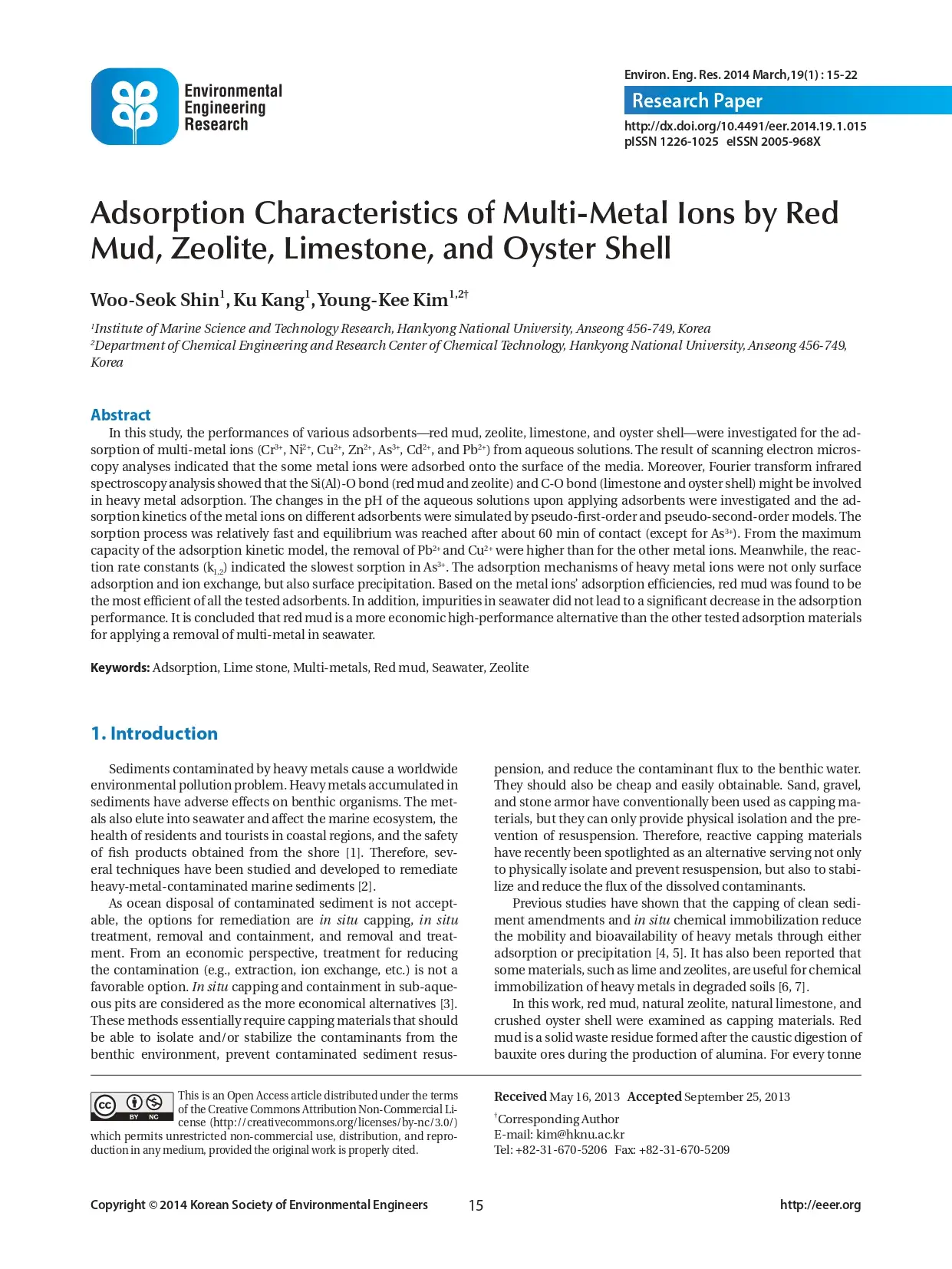
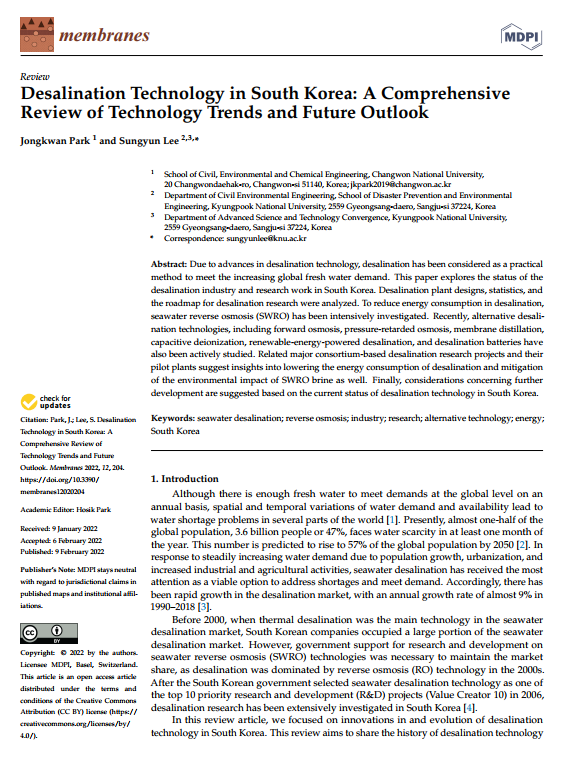
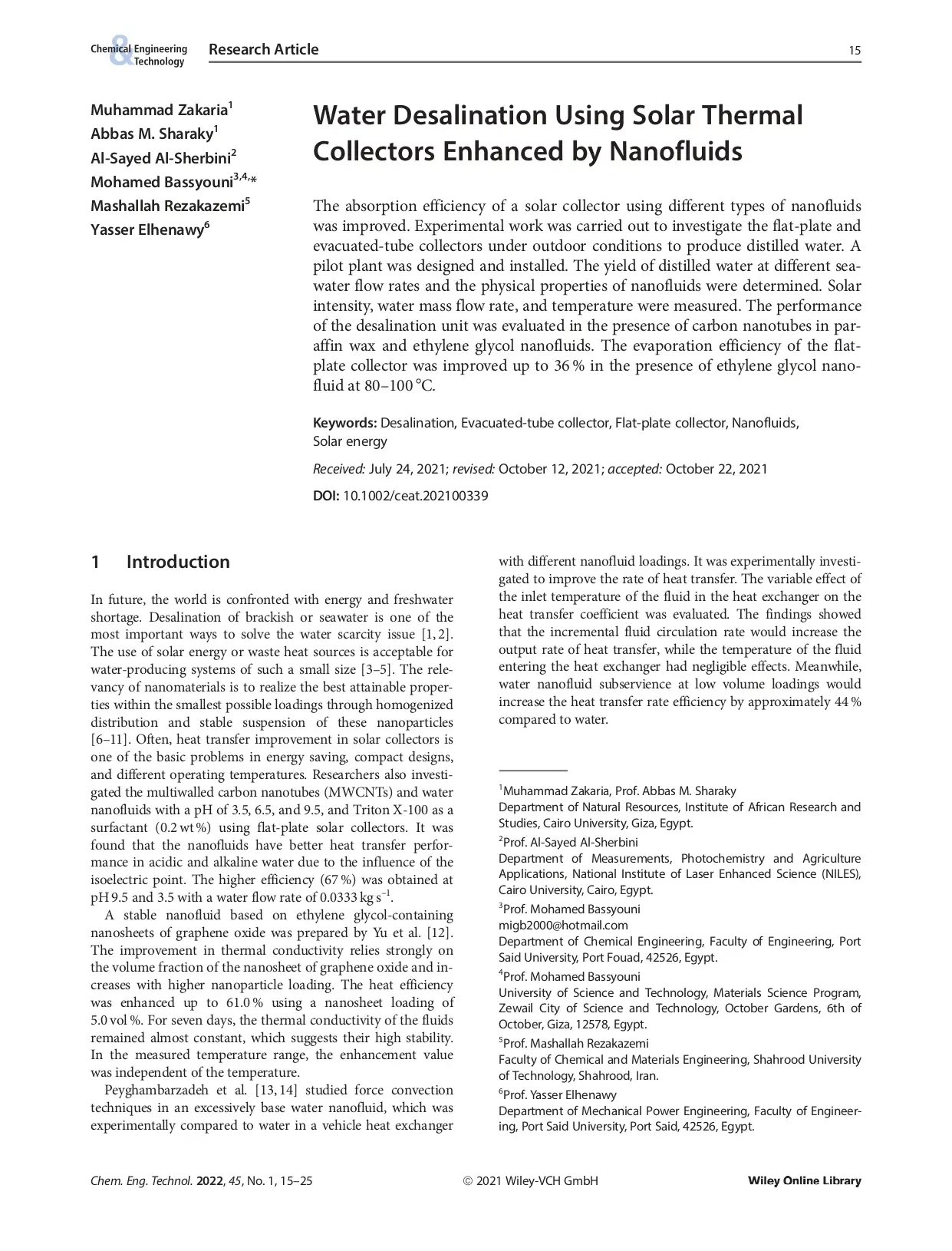
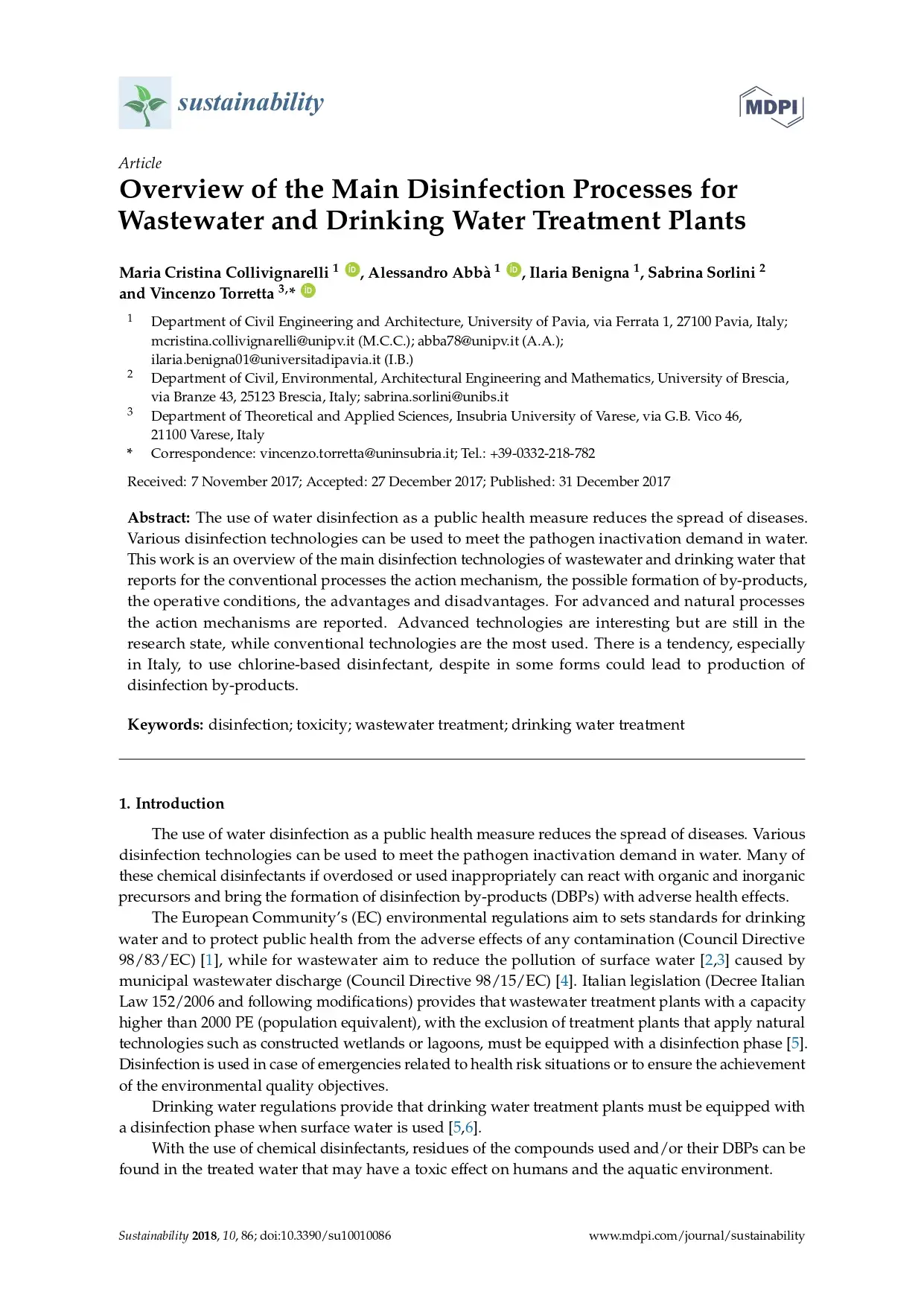
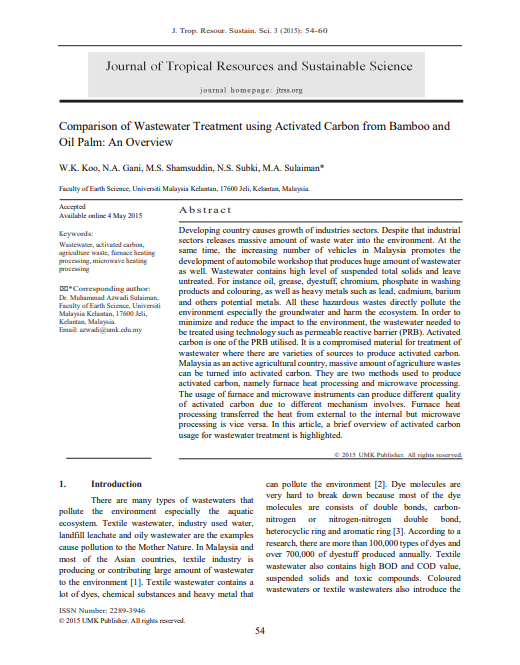
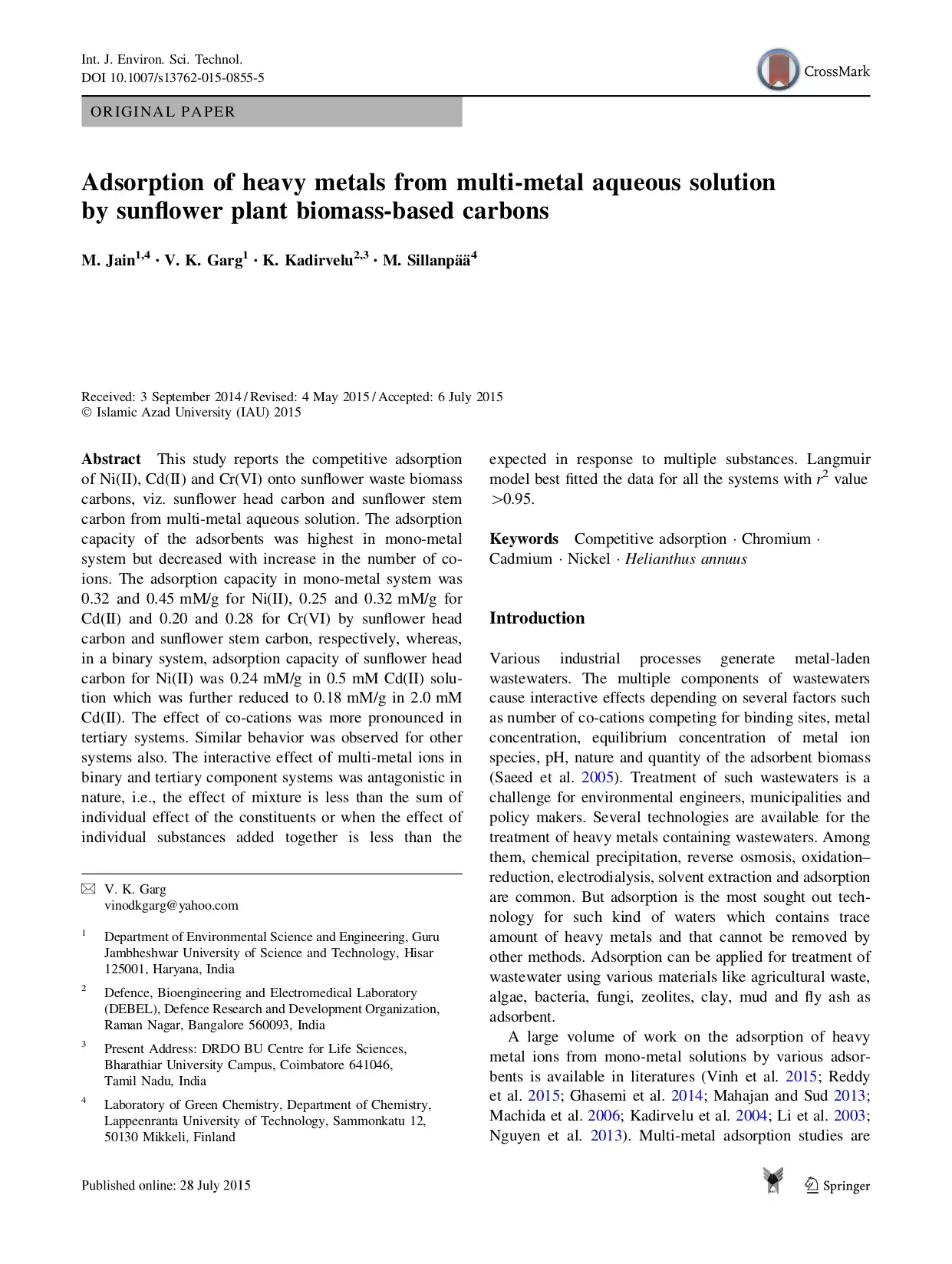
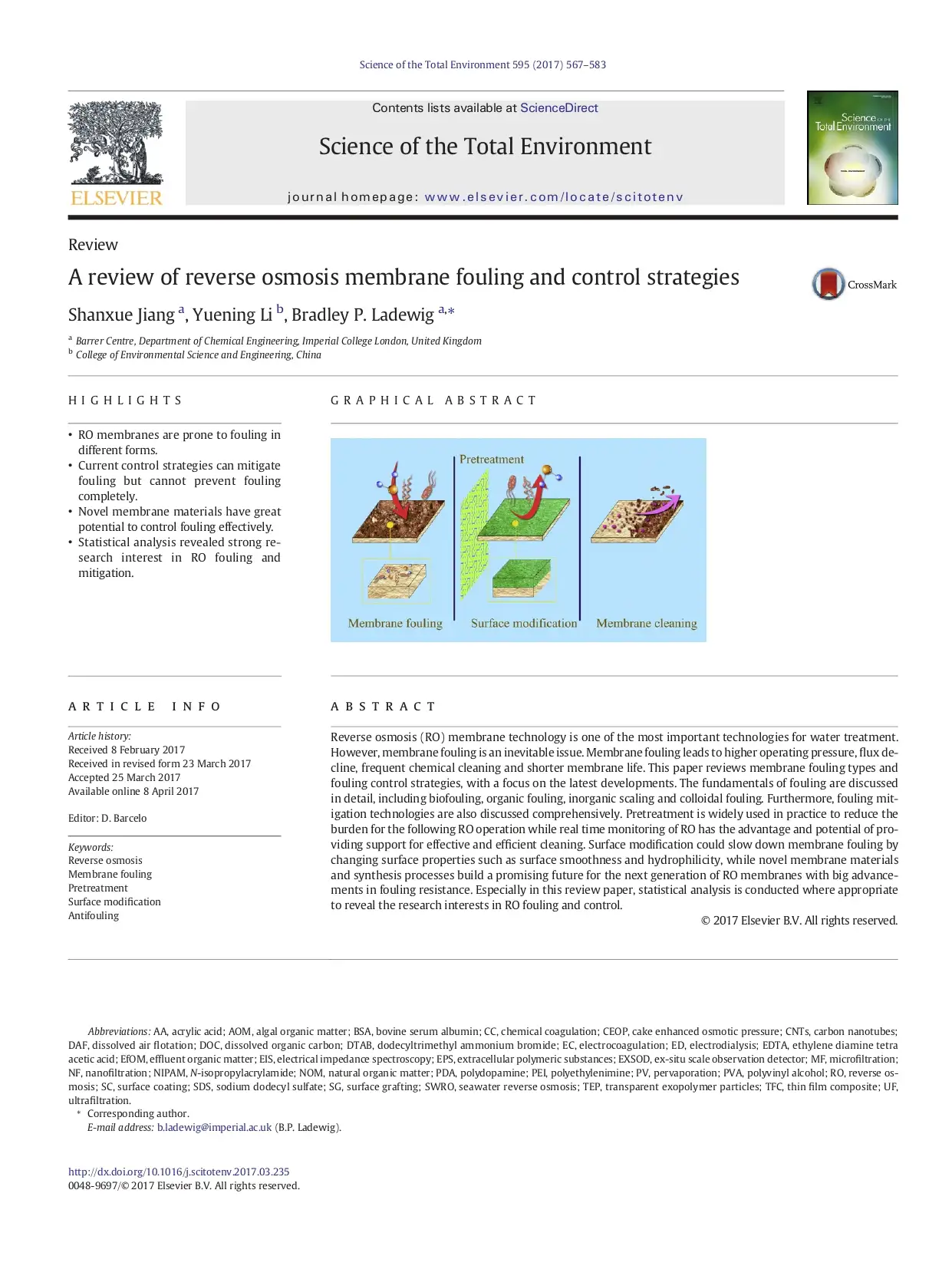
Reviews
There are no reviews yet.